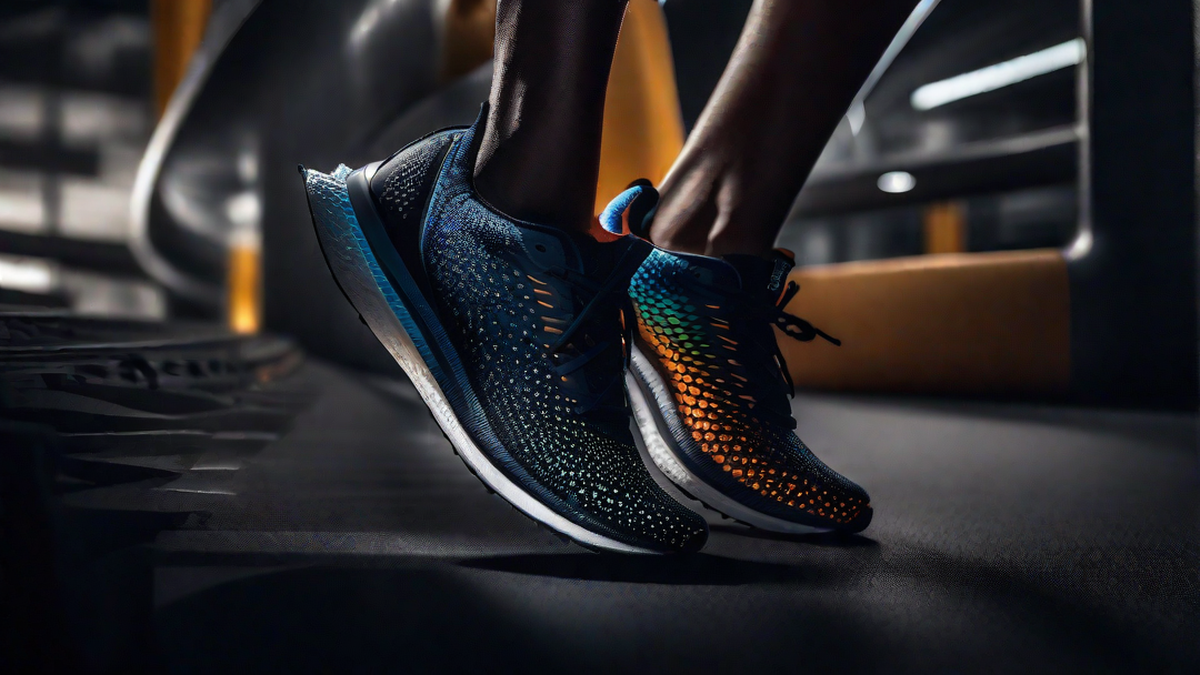When it comes to running shoes, there are many factors to consider, including cushioning, arch support, and heel-to-toe drop. One term that you might come across in your search for the perfect running shoe is “zero drop.” In this article, I will explain what zero drop means in running shoes and how it can affect your running experience.
Zero drop refers to the difference in height between the heel and the forefoot of the shoe. In traditional running shoes, the heel is usually elevated, creating a drop of around 10-12mm. This design is intended to promote a heel-striking gait, where the heel makes initial contact with the ground.
However, zero drop shoes are designed with the aim of encouraging a more natural running form. In these shoes, the heel and forefoot are at the same level, creating a flat platform for the foot. This design encourages a midfoot or forefoot striking pattern, where the ball of the foot lands first, rather than the heel.
I personally became interested in zero drop shoes after experiencing some discomfort in my knees and lower back while running. After doing some research, I discovered that the elevated heel in traditional running shoes can put additional stress on these areas, leading to pain and potential injuries.
One of the benefits of zero drop shoes is that they promote a more neutral alignment of the body. By landing on the midfoot or forefoot, the impact forces are distributed more evenly throughout the foot and leg, reducing the strain on specific areas. This can be especially beneficial for runners with flat or high arches, as it helps to improve natural foot function.
Another advantage of zero drop shoes is their potential to improve running efficiency and speed. When the foot lands closer to the body’s center of mass, it allows for a quicker transition from landing to push-off. This can result in a more efficient stride and faster running times.
It’s important to note that transitioning to zero drop shoes should be done gradually to give your body time to adapt. Since the lower heel height changes the mechanics of your running gait, your calf muscles and Achilles tendon may need time to adjust. Starting with shorter runs and gradually increasing the distance and intensity is a good approach.
Before making the switch to zero drop shoes, it’s essential to consider your individual running style, foot type, and any pre-existing injuries or conditions. It’s always a good idea to consult with a running specialist or podiatrist who can assess your needs and recommend the right shoe for you.
In conclusion, zero drop shoes offer an alternative to traditional running shoes by providing a flat platform that promotes a more natural running form. They can help improve alignment, reduce stress on certain areas, and potentially enhance running efficiency. However, it’s important to make a gradual transition and consider individual factors before making the switch. So, if you’re considering zero drop shoes, be sure to do your research and consult with a professional to find the best option for you.

